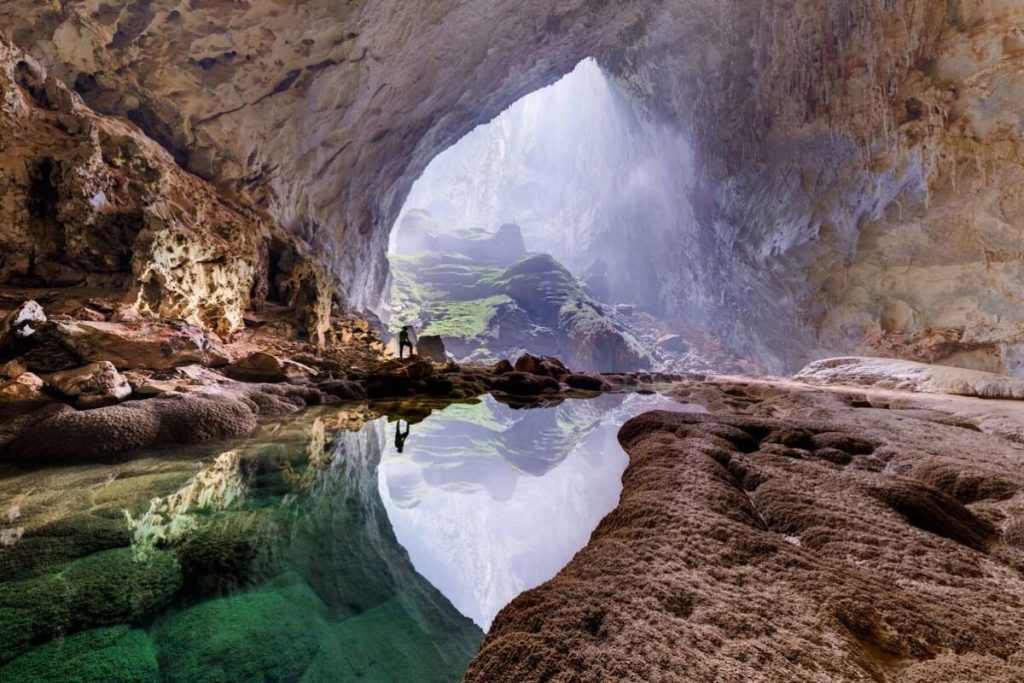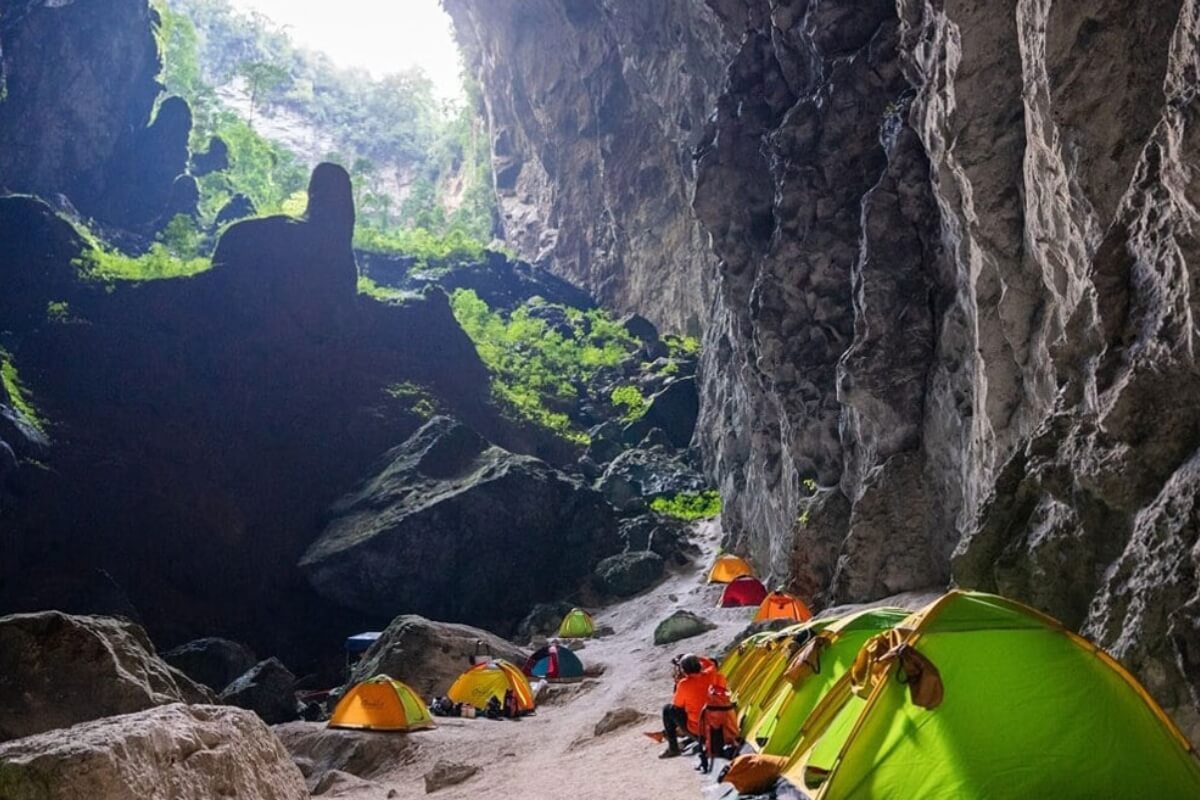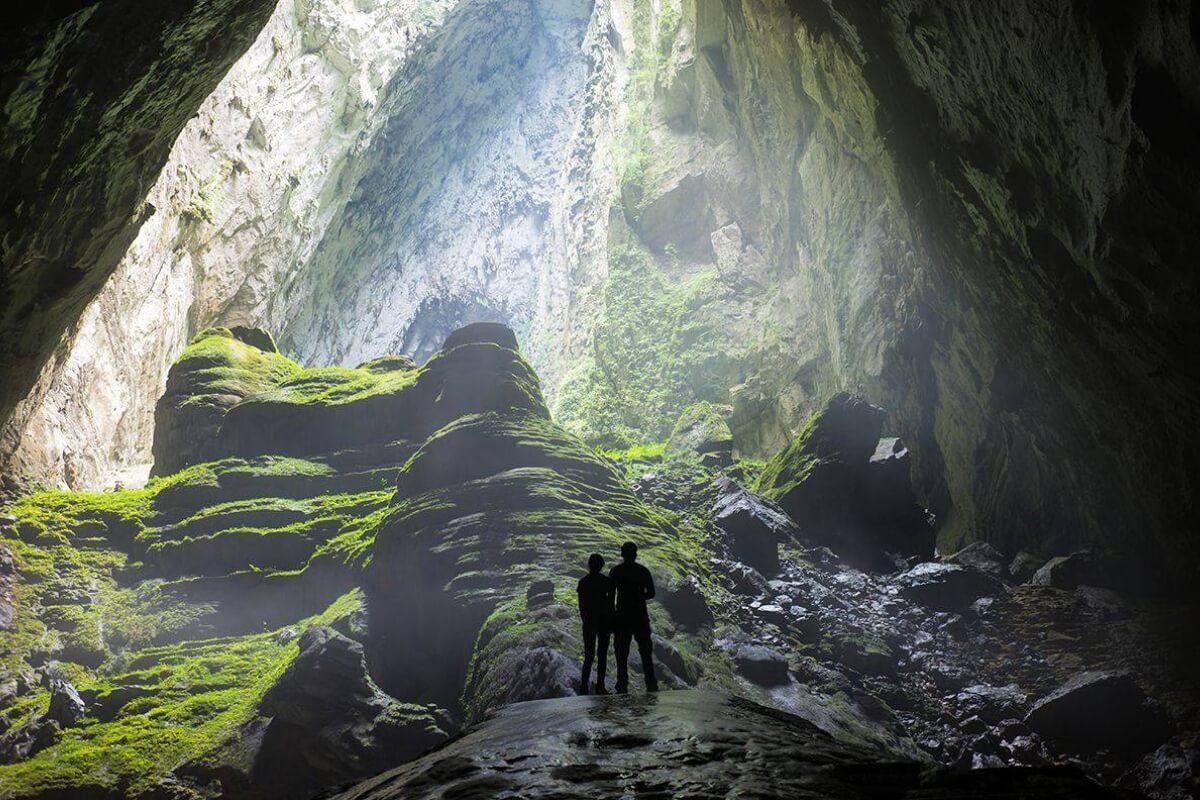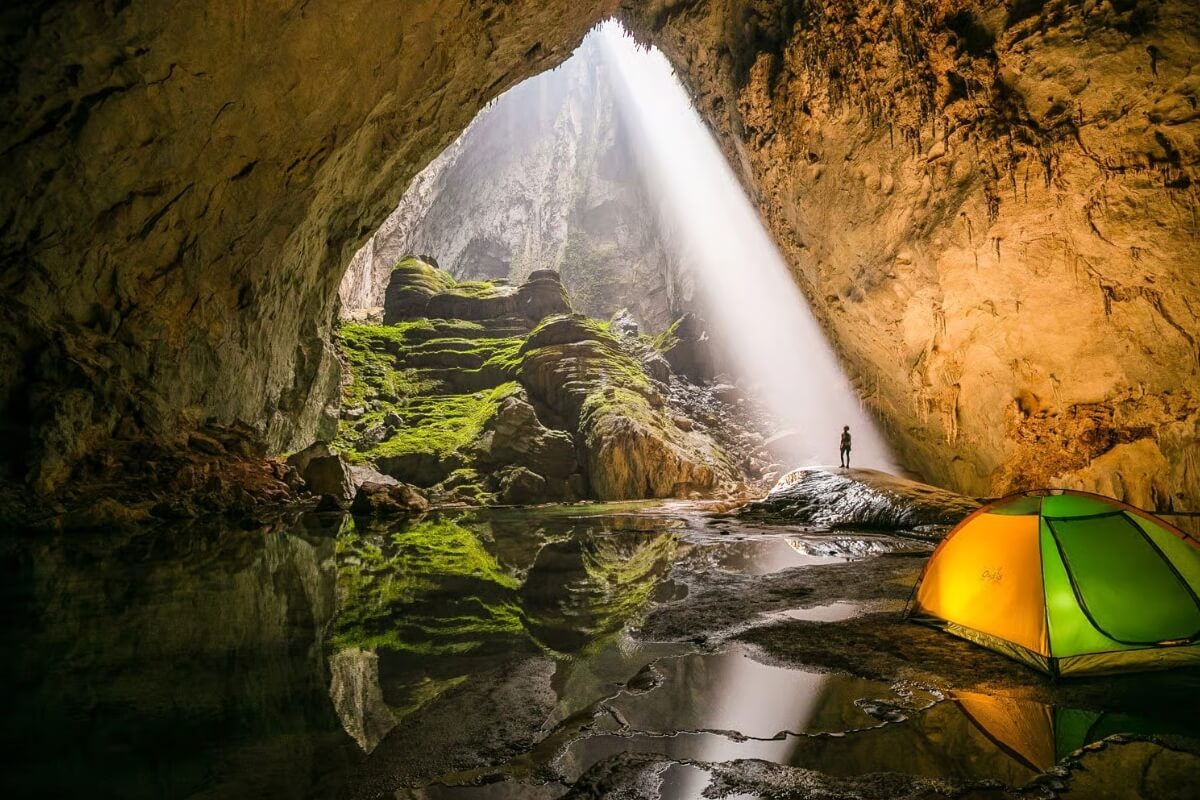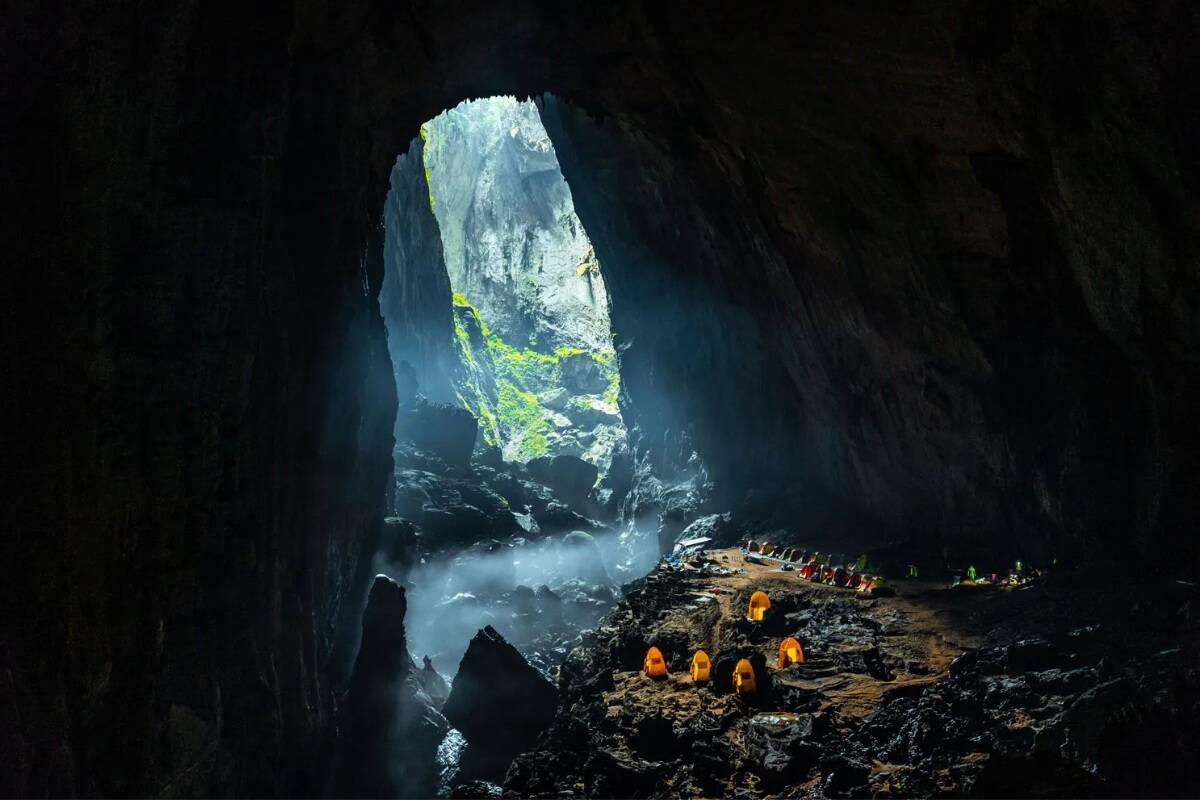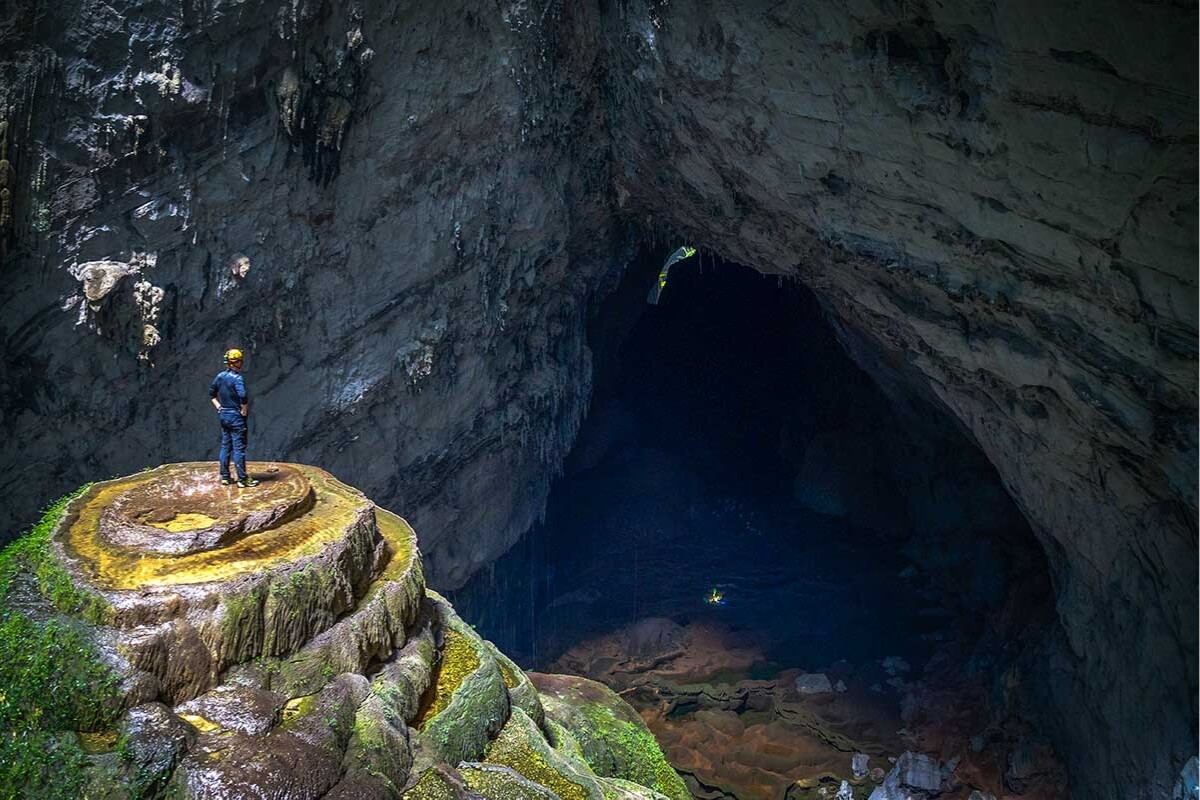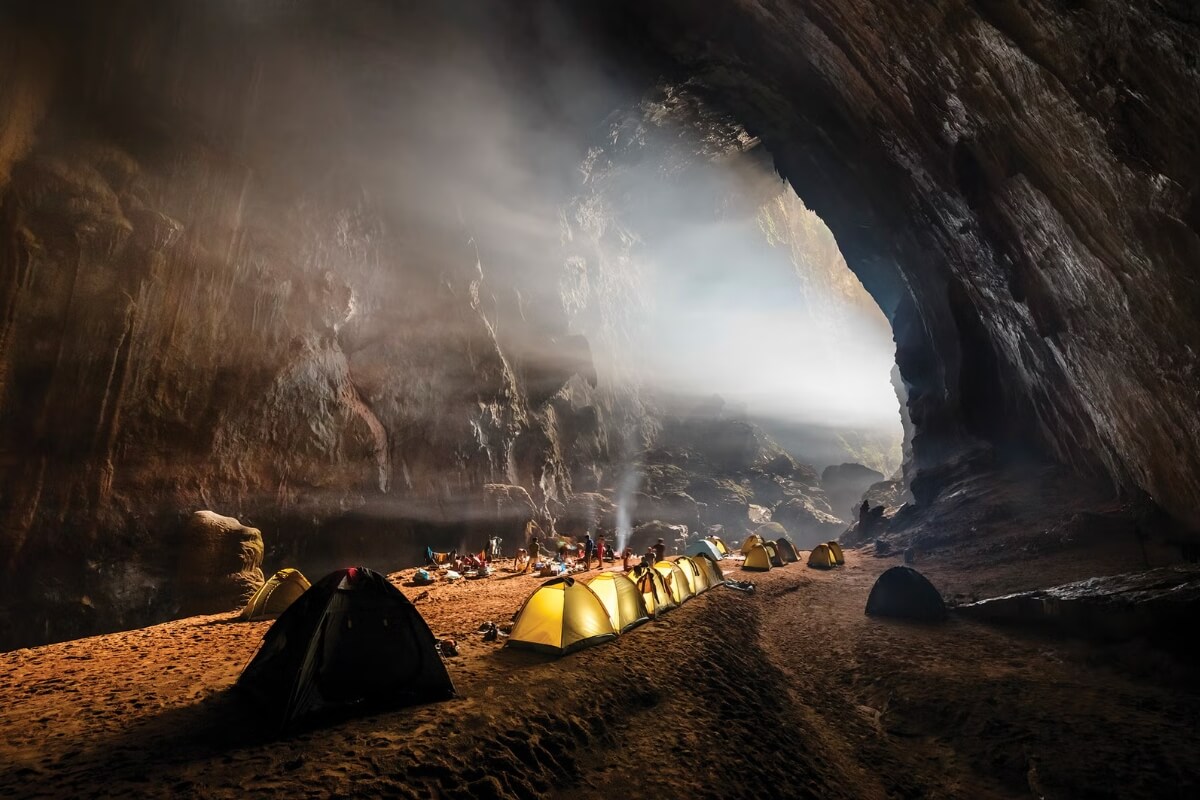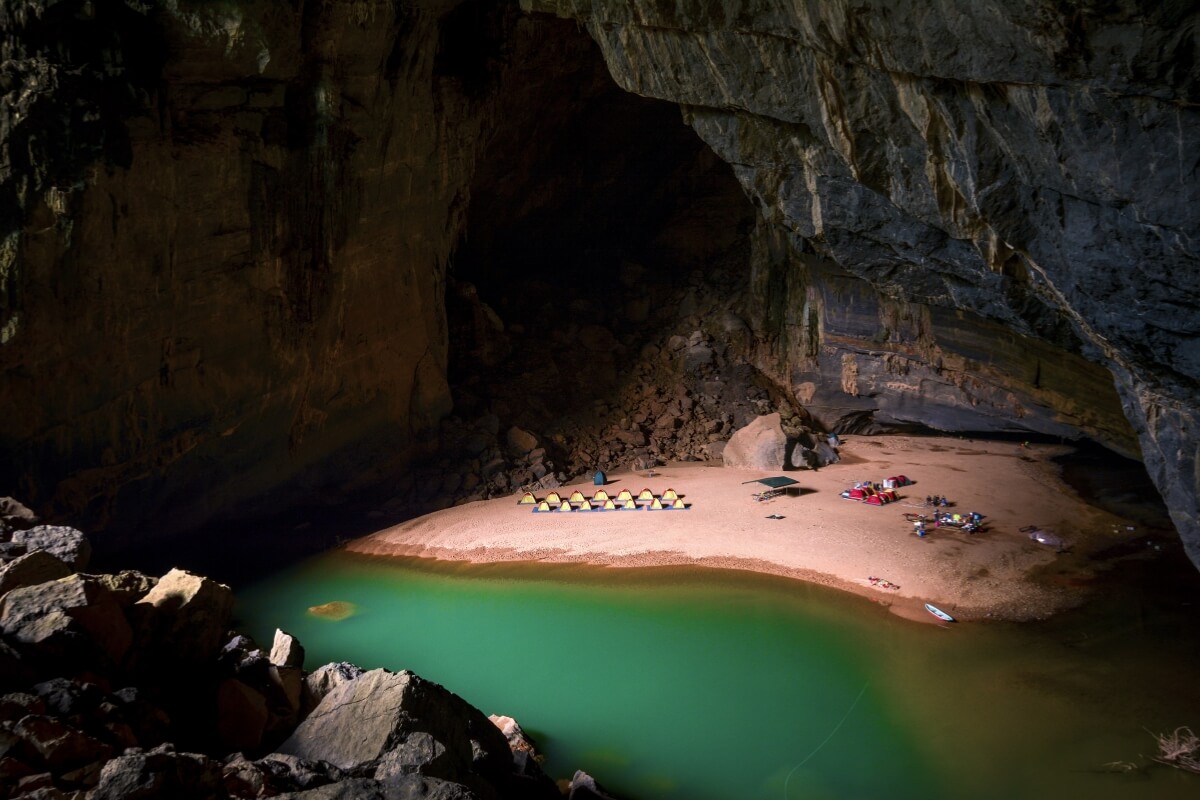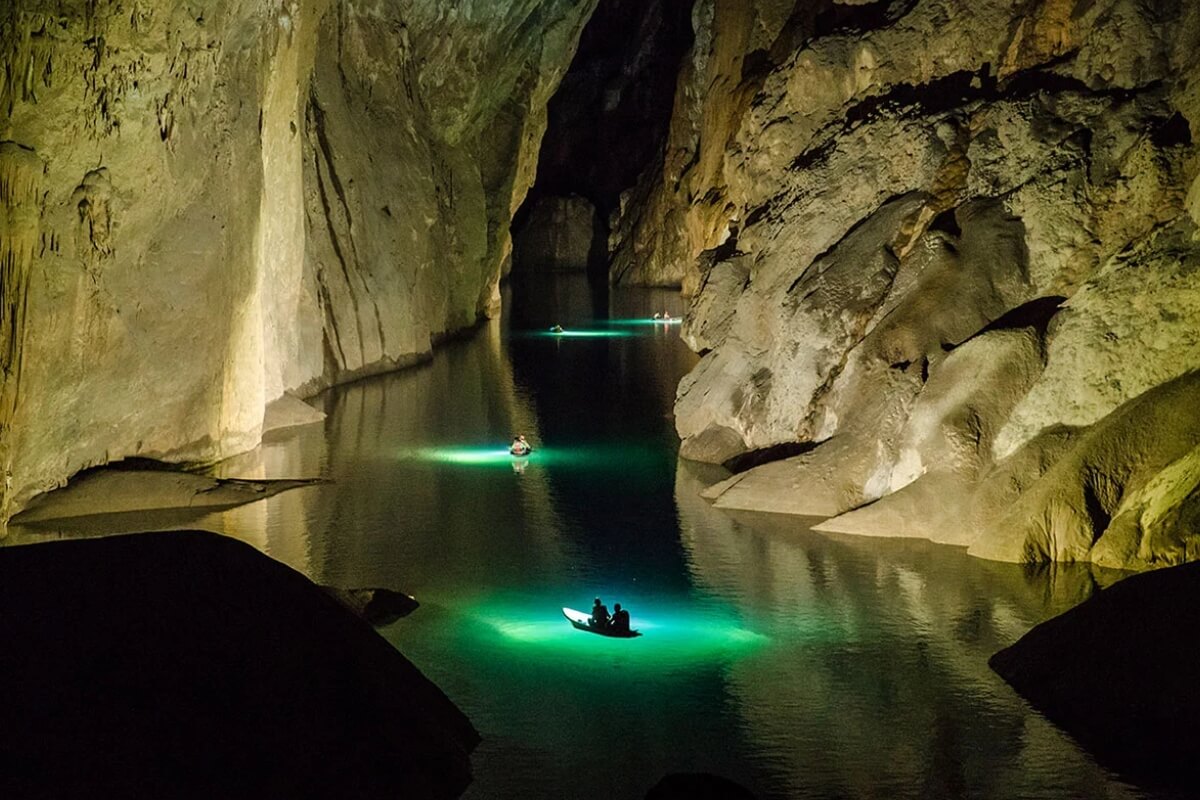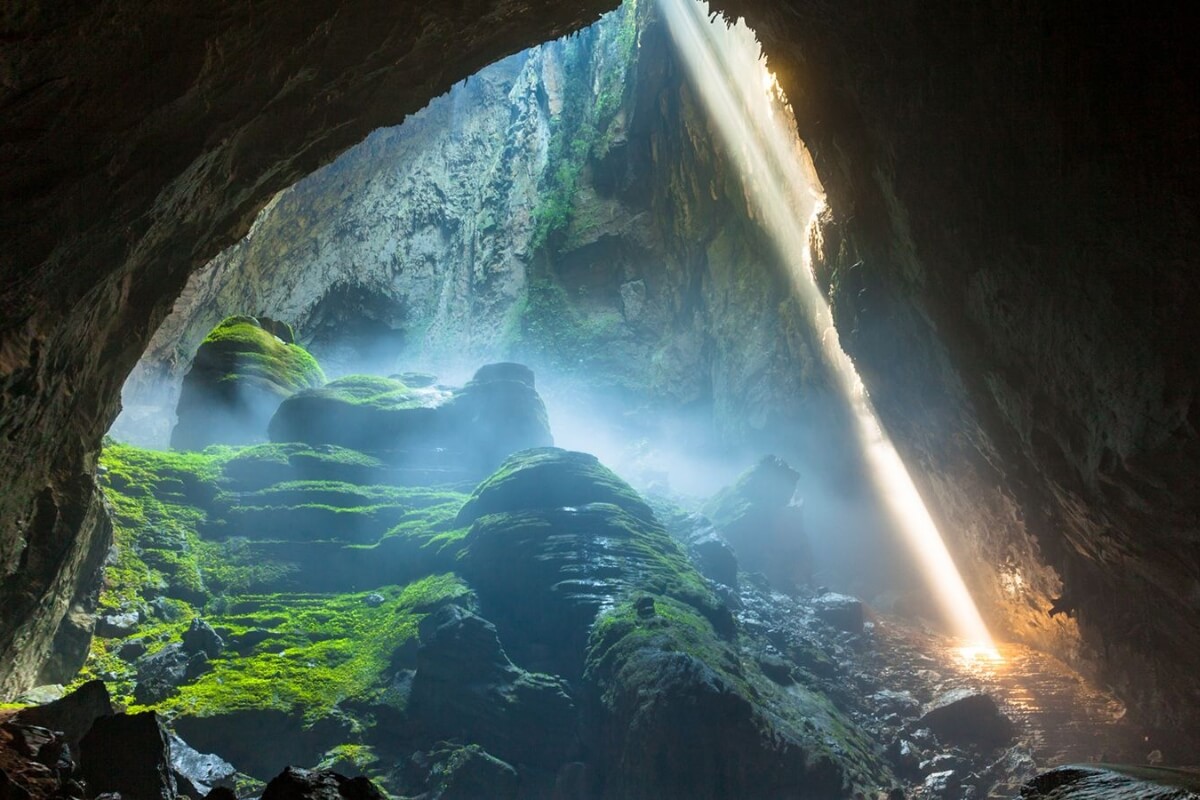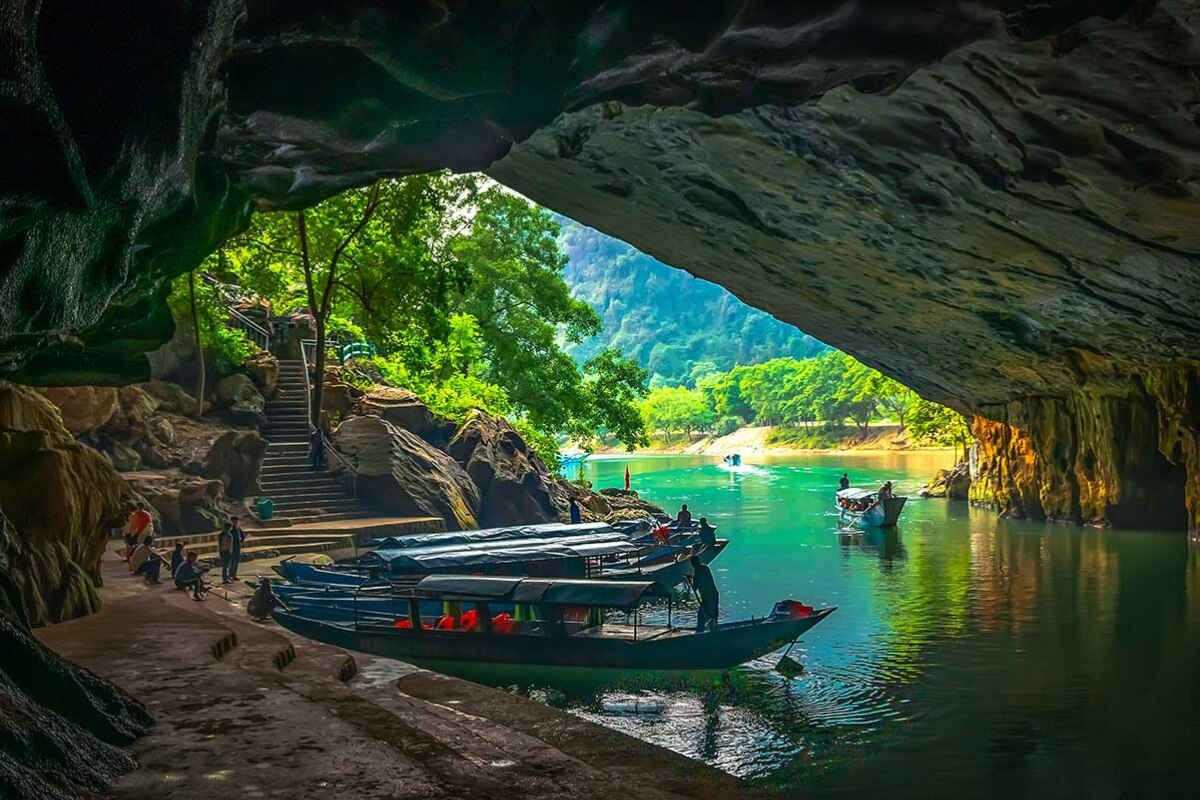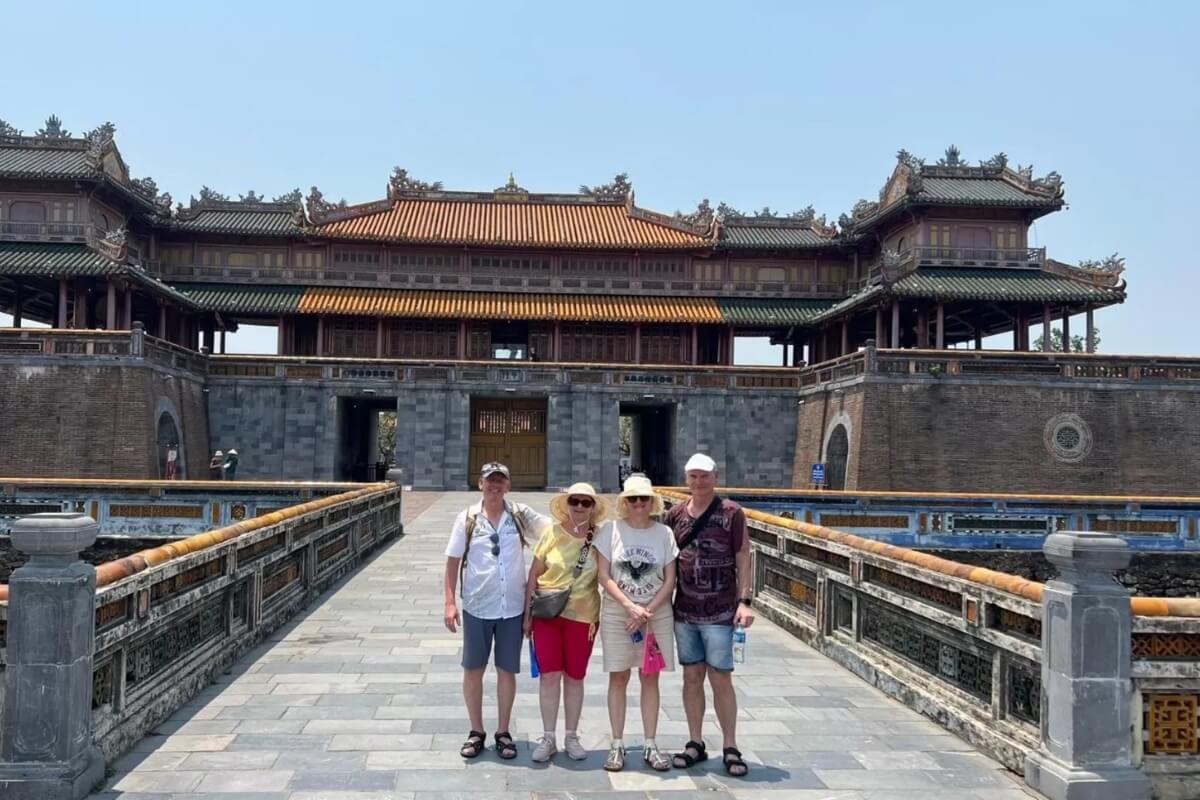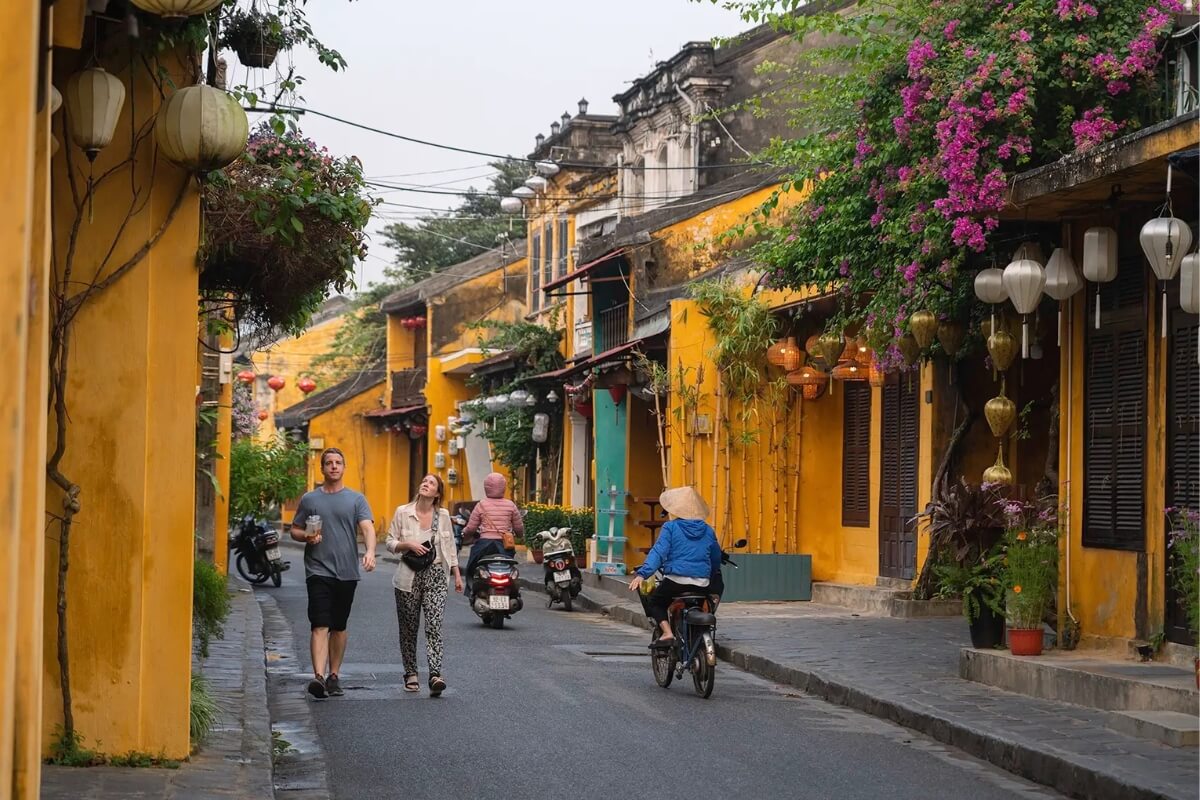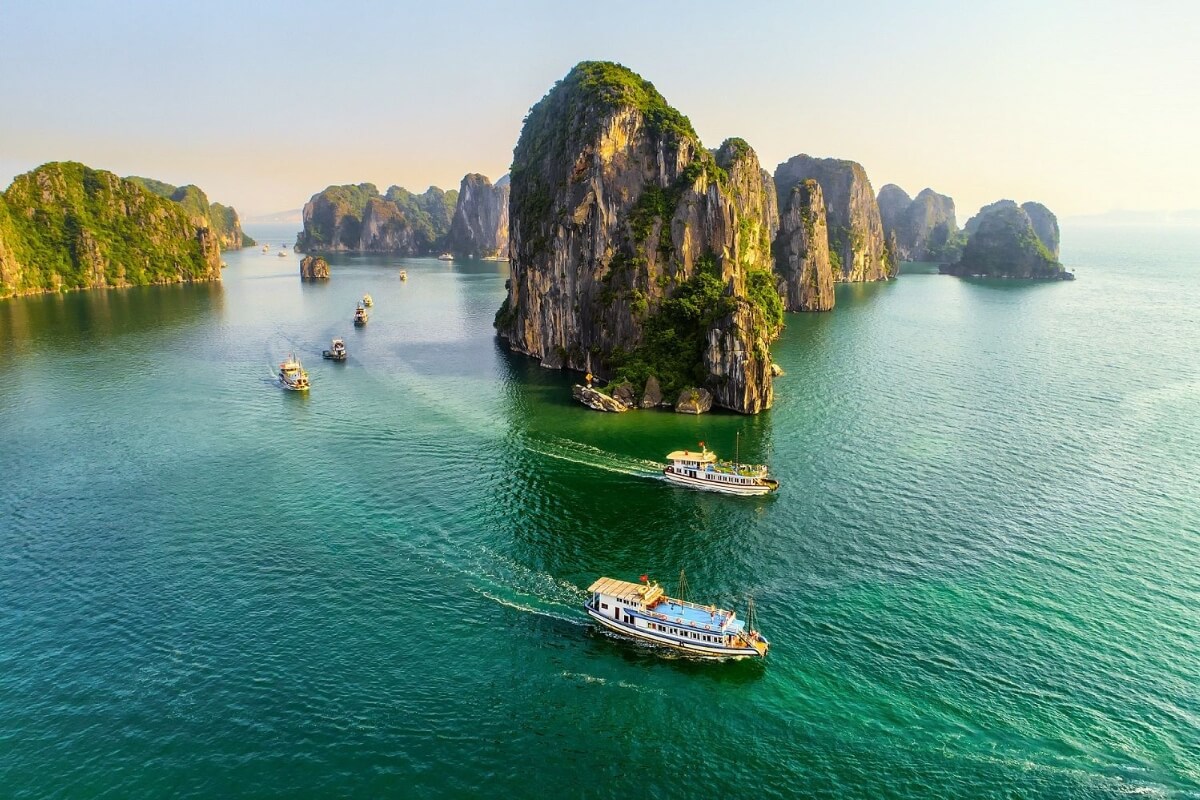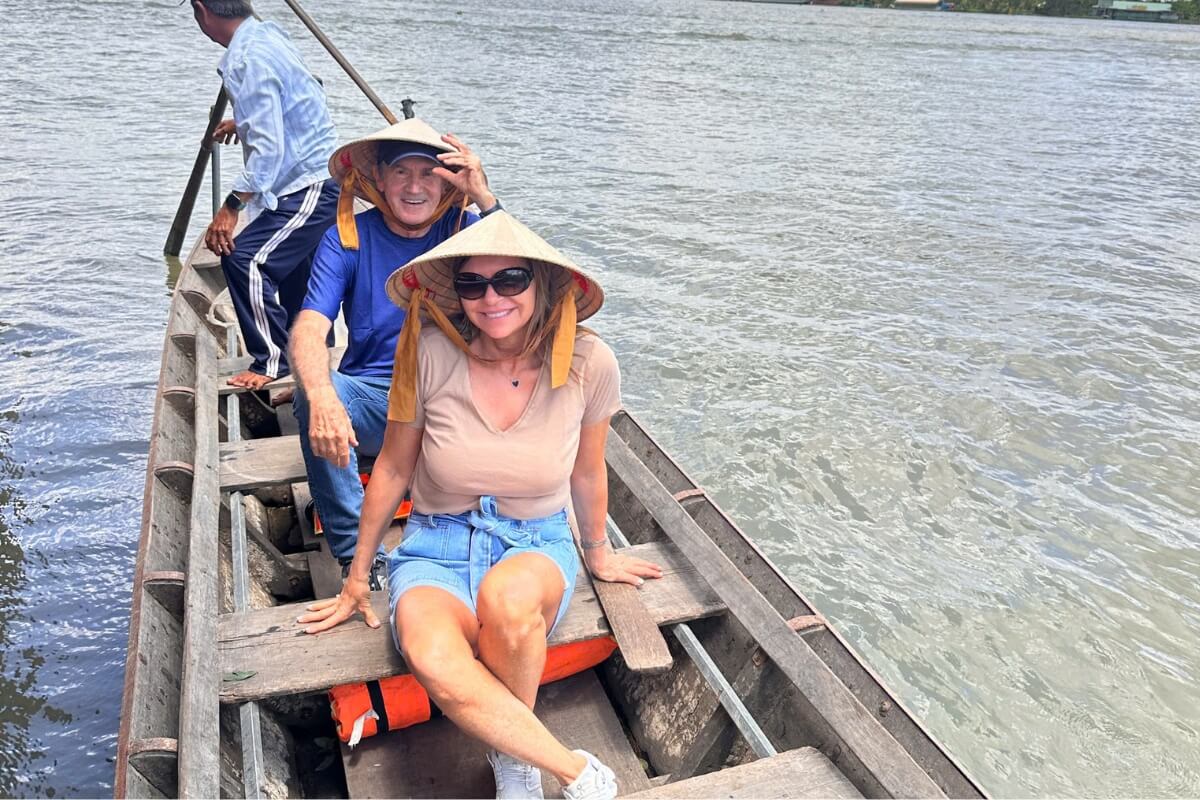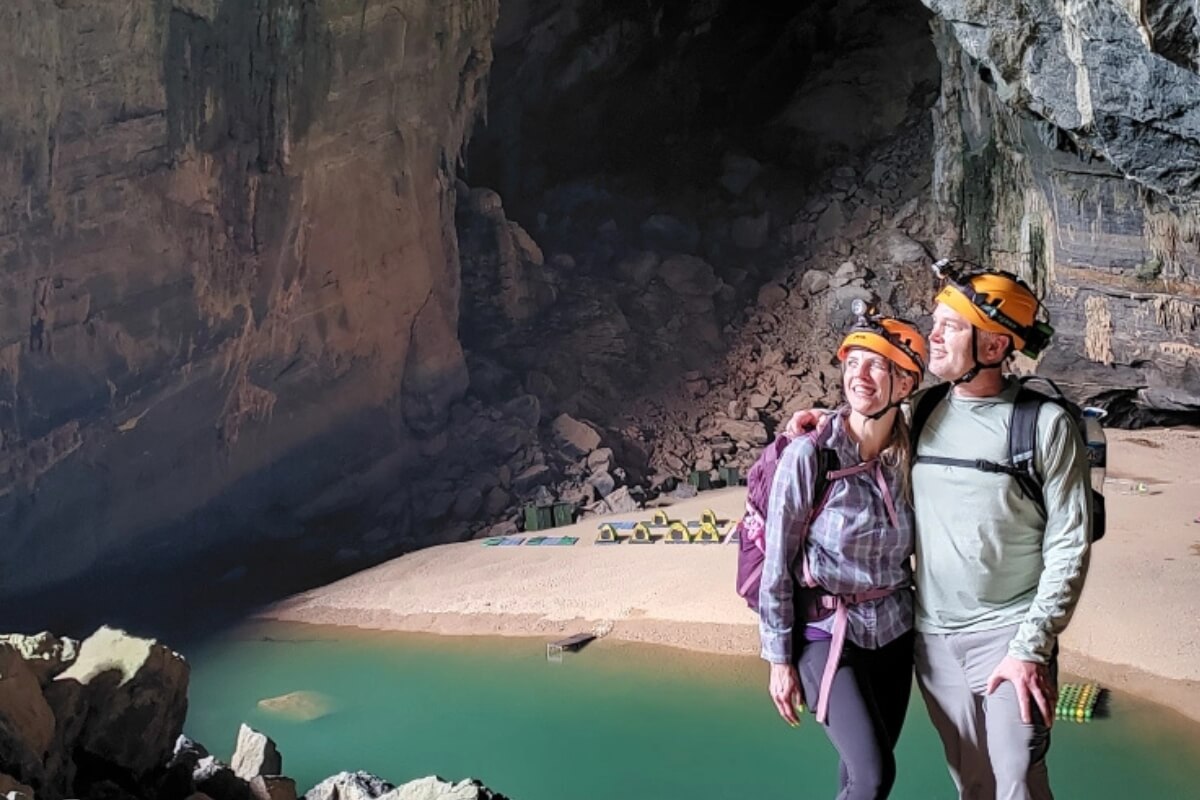Hanoi Travel Blog - Hanoi Introduction & Information
Discover Vietnam Son Doong Cave – Ultimate Travel Guide for Adventure Lovers Updated 2025-2026
Let’s together with Hanoi Local Tour explore Hang Son Doong Vietnam – the world’s largest cave hidden in Phong Nha-Ke Bang National Park. Discover its majestic beauty, unique ecosystem, and tips for visiting this natural wonder with Hanoi Local Tours.
Vietnam Son Doong Cave – A Journey to the Heart of the Earth
Deep in the untouched wilderness of Central Vietnam lies one of the most awe-inspiring natural wonders on Earth — Hang Son Doong Vietnam. Known as the largest cave in the world, this magnificent underground marvel stretches for over five kilometers, reaching heights of more than 200 meters and widths of 150 meters. To put that into perspective, a 40-story skyscraper could comfortably fit inside its cavernous interior.
Discovered only recently, the Son Doong Cave in Vietnam has captured the imagination of adventurers, scientists, and travelers alike. Visiting it isn’t just a trip — it’s an expedition into a realm where time seems to stand still, and nature reigns supreme.
Why Vietnam Son Doong Cave is So Special
Beyond its record-breaking size, Son Doong Cave in Vietnam holds immense geological, ecological, and scientific importance.
- Geological Wonder: Formed between 2–5 million years ago by the erosion of limestone along an underground river, Son Doong reveals the Earth’s history layer by layer.
- Unique Ecosystem: The dolines create microclimates where primitive plants thrive. Biologists have discovered new species of flora and invertebrates adapted to this environment.
- Cultural Symbol: For locals, Son Doong represents both pride and mystery — a sacred symbol of Vietnam’s natural heritage, reminding the world of the country’s extraordinary landscapes.
National Geographic, BBC, and CNN have all hailed Hang Son Doong Vietnam as one of the greatest discoveries of the 21st century, attracting adventurers and environmentalists from around the globe.
The Discovery of Hang Son Doong Vietnam
The story of Son Doong’s discovery is almost as fascinating as the cave itself. In 1991, a local man named Ho Khanh, while exploring the dense jungles of Phong Nha-Ke Bang National Park, stumbled upon a mysterious opening emitting clouds and the sound of rushing water. He was unable to enter due to the steep descent, and the cave remained hidden for nearly two decades.
It wasn’t until 2009 that a team of British cavers from the British Cave Research Association, led by Howard and Deb Limbert, rediscovered the cave with Ho Khanh’s guidance. What they found exceeded all expectations — a subterranean world so vast it could house an entire city block. In 2013, Hang Son Doong Vietnam was officially recognized as the largest natural cave on Earth, surpassing Deer Cave in Malaysia.
Since then, Son Doong has become one of Vietnam’s most iconic natural attractions, representing both the mystery and majesty of the country’s landscapes.
Understanding the Scale and Structure of Son Doong Cave in Vietnam
The sheer scale of Vietnam Hang Son Doong Cave is beyond imagination. The main passage measures up to 200 meters high and 150 meters wide, with caverns large enough to fit an entire Boeing 747. Inside, explorers encounter colossal stalagmites — some reaching heights of 70 meters (230 feet) — and stalactites that glisten like chandeliers sculpted by nature itself.
The cave features two enormous dolines (sinkholes), where collapsed ceilings have allowed sunlight to pour in. These “Green Edens” give life to a lush, jungle-like ecosystem with towering trees, ferns, and even mist that rises like a dreamscape. Beneath them flows an underground river, echoing through the chambers and feeding the delicate balance of life inside this isolated world.
Son Doong’s interior temperature remains steady around 22–25°C (72–77°F) year-round, and the humidity is high, creating an atmosphere of perpetual mist. This combination of climate and light has led to the growth of rare species of algae, fungi, and plants — some found nowhere else on Earth.
Son Doong Cave – A Hidden World of Life and Light
Stepping inside Hang Son Doong Vietnam feels like entering another planet. Here, time slows, and every step reveals a new wonder. The dolines, nicknamed “Watch Out for Dinosaurs” and “Garden of Edam”, are filled with greenery so vibrant that explorers often compare them to prehistoric landscapes.
You’ll witness enormous cave pearls — smooth, round formations created by calcium deposits over centuries — lying on sandy riverbeds. Spectacular flowstones and crystal-clear pools reflect the filtered sunlight, creating surreal scenes that even the best cameras struggle to capture.
The cave’s natural lighting and ventilation system are unique, allowing clouds and fog to form and disperse inside the cave. It’s a living, breathing ecosystem — one of the few places on Earth where you can watch clouds drift underground.
For those seeking the ultimate adventure, this is an experience of a lifetime — one that blends exploration, endurance, and awe.
When is The Best Time to Visit Hang Son Doong Vietnam
The best time to visit Hang Son Doong Vietnam is during the dry season, from February to August. During these months, weather conditions are stable, and river levels are low enough for safe crossings inside the cave. The average daytime temperature in Phong Nha hovers between 24–32°C (75–90°F), offering comfortable trekking conditions.
From September to January, tours are suspended due to the rainy season, when rising water levels make the cave inaccessible and potentially dangerous.
If you plan to combine your Son Doong expedition with other destinations — such as Hanoi, Hue, or Hoi An — this same dry period offers ideal weather across the central and northern regions of Vietnam.
How to Get to Son Doong Cave in Vietnam
1. Starting Point from Hanoi
Most international travelers begin their journey in Hanoi, Vietnam’s bustling capital. Hanoi serves as the main hub for flights, trains, and buses heading to central Vietnam. It’s the perfect place to gather supplies, prepare your gear, and acclimatize to Vietnamese culture before venturing into the wilderness.
2. Flying to Dong Hoi Airport
The nearest airport to Phong Nha-Ke Bang National Park is Dong Hoi Airport (VDH). From Hanoi, a short domestic flight of about one hour gets you to Dong Hoi, saving significant travel time.
3. Scenic Drive to Phong Nha
From Dong Hoi Airport, a 45-minute drive takes you to Phong Nha Village, the gateway to the Son Doong Cave in Vietnam. The route is scenic, passing through karst mountains, rivers, and lush countryside — a prelude to the natural wonders you will soon explore.
Unique Experiences in Son Doong Cave in Vietnam
Exploring Son Doong Cave in Vietnam, the world’s largest cave, offers an adventure unlike any other. Every moment inside this extraordinary natural wonder combines breathtaking scenery, physical challenge, and unparalleled experiences that travelers will remember for a lifetime. Whether you are trekking through underground rivers or marveling at colossal stalagmites, the cave delivers memories that are truly unique.
Camping in Son Doong Cave in Vietnam
One of the most unforgettable experiences of hang son doong vietnam is spending a night camping inside the cave itself. Campsites are strategically set up near natural skylights, where morning sunlight filters through the enormous ceiling, illuminating the prehistoric landscape. Waking to this spectacular view allows visitors to connect deeply with the untouched beauty of the cave.
Camping inside vietnam hang son doong cave is not just about rest; it’s about immersing yourself in a serene environment, listening to the subtle sounds of underground rivers, and absorbing the sheer scale of one of the planet’s most majestic formations.
Swimming in Subterranean Rivers and Hidden Lakes
After days of challenging trekking, gliding through the cave’s crystal-clear underground rivers and hidden lakes is both refreshing and soothing. The waters of Son Doong Cave in Vietnam have been naturally formed over millennia, offering an untouched aquatic environment that is as tranquil as it is beautiful.
Visitors can float along shadowy waterways, surrounded by towering stalagmites and ancient limestone formations. Swimming inside hang son doong vietnam provides a rare moment to relax while fully experiencing the cave’s pristine ecosystem.
Capturing Stunning Photographs in Son Doong Cave
For photographers, adventurers, and nature lovers, vietnam hang son doong cave is a visual paradise. The immense stalagmites, underground forests, and rays of sunlight streaming through skylights create a surreal and cinematic atmosphere. Every corner offers the opportunity to capture images that are rare and awe-inspiring.
Whether using a professional camera or a smartphone, documenting Son Doong Cave in Vietnam allows travelers to take home memories that convey the scale, grandeur, and otherworldly beauty of this underground wonder.
Stargazing from Inside Son Doong Cave
At selected campsite locations, visitors can look up through the cave’s skylights and observe the night sky from deep underground. This unique stargazing experience is unlike anything else on Earth, offering a sense of wonder and awe as stars sparkle above the immense cave chambers.
Stargazing inside hang son doong vietnam creates a magical and almost surreal connection with nature, allowing travelers to reflect on the vastness of the world both above and below the Earth’s surface.
Experiencing the Silence and Echoes of the Cave
Inside Son Doong Cave in Vietnam, the vast chambers are enveloped in silence, broken only by the gentle flow of underground rivers or subtle echoes of footsteps. This immersive auditory experience cultivates a profound sense of calm and reflection.
Every movement resonates across the enormous chambers, emphasizing the untouched and solemn atmosphere of the cave. Experiencing this quiet majesty is one of the most memorable aspects of visiting vietnam hang son doong cave.
Combining Son Doong with Other Vietnam Adventures Destinations
Exploring Hang Son Doong Vietnam is a once-in-a-lifetime experience, but pairing it with other destinations in Vietnam transforms your trip into a complete adventure that blends nature, culture, and history. Here’s a detailed guide on how to combine your Son Doong expedition with the best experiences across the country.
Explore Other Caves in Phong Nha-Ke Bang National Park
After your Son Doong adventure, Phong Nha-Ke Bang offers a wealth of other caves to discover:
- Paradise Cave (Thien Duong Cave): Known as the “Cave of Paradise,” it stretches over 31 kilometers, with dry pathways and giant stalactites. Unlike Son Doong, it’s easier to access and suitable for travelers who want to explore magnificent caves without the rigorous trek.
- Phong Nha Cave: This iconic cave features underground rivers and dramatic rock formations. A scenic boat ride brings you into its depths, offering an unforgettable introduction to the park’s subterranean wonders.
- Tu Lan Cave System: A multi-day adventure that combines trekking, swimming, and climbing. It’s ideal for travelers seeking more adrenaline after the Son Doong expedition. Tu Lan is a semi-wilderness cave network that allows visitors to experience Vietnam’s untouched karst landscapes up close.
Visiting these caves after Son Doong lets you gradually immerse yourself in the region’s geology and biodiversity while still experiencing varied levels of adventure.
Immerse Yourself in Hue’s Imperial Heritage
Hue, the former imperial capital of Vietnam, is a few hours south of Phong Nha and offers a rich cultural and historical contrast to the natural adventure of Son Doong.
- Imperial Citadel: Explore the sprawling fortress and ancient palaces where emperors once ruled. The Citadel is a UNESCO World Heritage site and provides insight into Vietnam’s royal history.
- Royal Tombs and Pagodas: Discover mausoleums of past emperors, including Tu Duc and Khai Dinh, set in serene landscapes filled with gardens, ponds, and intricate architecture.
- Perfume River Cruises: A scenic boat ride along the Perfume River at sunset allows travelers to absorb the tranquil beauty of Hue while reflecting on the underground adventure they’ve just experienced.
Hue’s historical richness complements the raw wilderness of Son Doong, providing a balanced travel experience of natural and cultural wonders.
Discover the Charm of Hoi An Vietnam
Hoi An, a UNESCO World Heritage town, offers a unique combination of culture, relaxation, and leisure:
- Ancient Streets and Lanterns: Wander along cobbled streets lit by colorful lanterns, with traditional wooden shop-houses and riverside cafés creating a timeless atmosphere.
- Local Markets and Cuisine: Hoi An is famous for its street food, local markets, and cooking classes. Travelers can learn to cook signature Vietnamese dishes such as cao lầu noodles or fresh spring rolls.
- Nearby Beaches: Just a short ride from the town center, An Bang Beach and Cua Dai Beach provide soft sand, clear waters, and a perfect place to unwind after the physically demanding Son Doong trek.
Hoi An offers a peaceful and culturally rich experience, allowing travelers to rest, rejuvenate, and indulge in local traditions.
Explore Hanoi and Ha Long Bay
Traveling north after Son Doong provides an opportunity to combine urban and natural beauty:
- Hanoi’s Old Quarter: Vibrant streets, street food stalls, historic temples, and lively markets immerse visitors in Vietnam’s culture and modern energy. The contrast between bustling Hanoi and serene Son Doong is striking and memorable.
- Ha Long Bay: A UNESCO World Heritage site renowned for limestone karsts rising dramatically from emerald waters. An overnight cruise allows travelers to experience floating villages, hidden lagoons, and panoramic sunsets — perfect for relaxation after cave exploration.
This northern route offers a well-rounded combination of adventure, sightseeing, and cultural experiences, ideal for travelers who want to see multiple facets of Vietnam.
South Vietnam Adventures
If you extend your journey further south, there’s even more to explore:
- Ho Chi Minh City (Saigon): A bustling metropolis blending history, culture, and modernity. Explore historic sites such as the Reunification Palace and War Remnants Museum, and enjoy vibrant nightlife and rooftop dining.
- Mekong Delta: Experience the rhythm of life along the river with floating markets, traditional villages, and boat rides. This area contrasts sharply with the underground world of Son Doong and the mountains of central Vietnam, giving travelers a comprehensive understanding of Vietnam’s diversity.
Visiting South Vietnam after the Son Doong expedition allows for a combination of urban, rural, and river experiences, enriching your overall journey.
Practical Tips to Conquer Son Doong Cave in Vietnam
Exploring Son Doong Cave in Vietnam is an extraordinary adventure, but to make the experience safe, comfortable, and unforgettable, careful preparation is essential. Follow these expert tips to navigate the cave like a seasoned adventurer.
Essential Gear and Packing Advice
Proper packing is critical for an expedition in hang son doong vietnam. Clothing should be lightweight, breathable, and quick-drying, while sturdy, slip-resistant shoes are necessary for navigating rocky terrain and slippery cave surfaces. Layering is recommended because temperatures inside the cave can vary.
Key items to include:
- A high-quality headlamp with spare batteries for dark cave chambers
- Gloves to protect hands from rough surfaces and climbing activities
- A waterproof jacket for humidity and occasional drizzles
- Sunscreen for outdoor segments before entering or exiting the cave
- Personal medications and a small first aid kit
- Waterproof bags to protect electronics, clothes, and documents
- A compact camera to capture the cave’s breathtaking features
- Sanitary wipes and dry storage for wet or soiled clothing
Being well-equipped ensures you can focus on enjoying the dramatic landscapes of vietnam hang son doong cave rather than worrying about gear or comfort.
Respect Nature and Follow Conservation Guidelines
Protecting the delicate ecosystem of Son Doong Cave in Vietnam is paramount. Visitors should strictly follow conservation rules to preserve this unique natural wonder:
- Do not leave trash inside the cave
- Avoid touching stalactites, stalagmites, and fragile formations
- Always stay with your authorized group and follow guide instructions
- Refrain from using tobacco or excessive artificial lighting, which can disturb the environment
Adhering to these rules safeguards the cave’s biodiversity, ensures a sustainable experience for future travelers, and aligns with the regulations of Phong Nha-Ke Bang National Park.
Optimal Timing for Your Expedition
Selecting the right season is crucial for a successful journey. The best time to visit Son Doong Cave in Vietnam is from January to August, during the dry season. This period features minimal rainfall, lower river levels, and safer trekking conditions throughout the cave.
Tours are generally suspended from September to December due to the heavy rain and risk of flooding, making this period unsuitable for exploration. Planning your adventure during the dry months ensures maximum safety, comfort, and the opportunity to fully experience the wonders of hang son doong vietnam.
Health and Fitness Preparation
Son Doong Cave is physically demanding. Travelers should:
- Engage in regular cardio and strength exercises before the trip
- Practice hiking or climbing techniques to prepare for uneven terrain
Maintain hydration and a balanced diet leading up to the expedition
Being physically prepared will make your journey inside Son Doong Cave in Vietnam more enjoyable and safer.
Travel and Logistics Tips
- Book tours well in advance, as only a limited number of permits are issued each year
- Coordinate with Hanoi Local Tours for transfers, accommodations, and logistics to ensure a smooth trip
- Pack light but efficient, as porters carry your essentials inside the cave
These practical steps help travelers make the most of their once-in-a-lifetime adventure while respecting the natural environment of Vietnam Son Doong Cave.
Need more inspirations? Contact https://www.hanoilocaltour.com/ to have suggestions from Vietnam local travel experts now!

